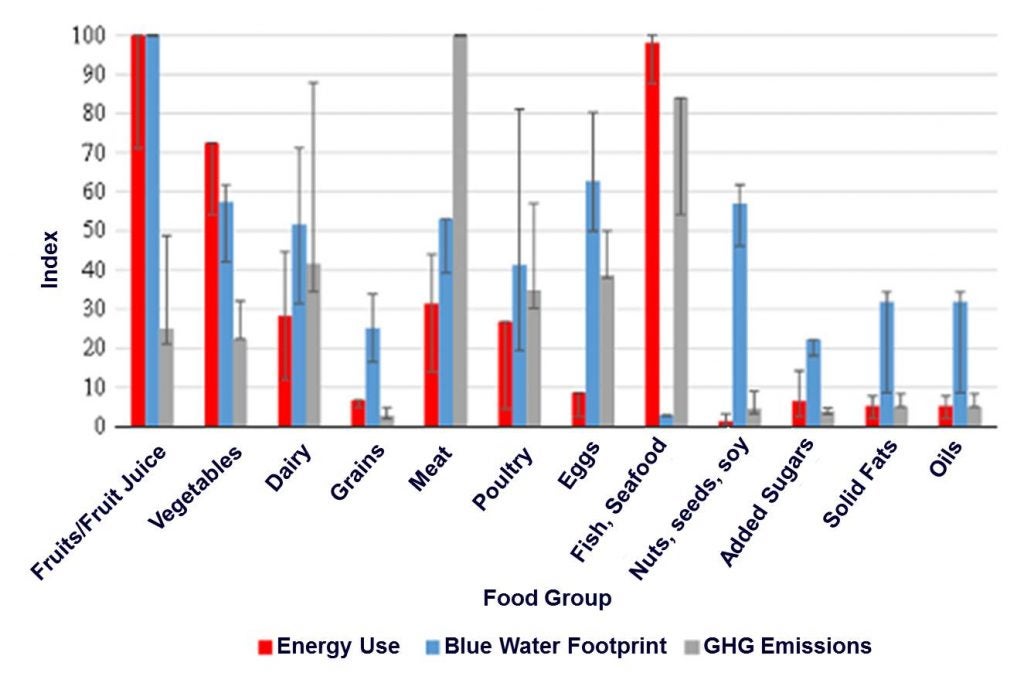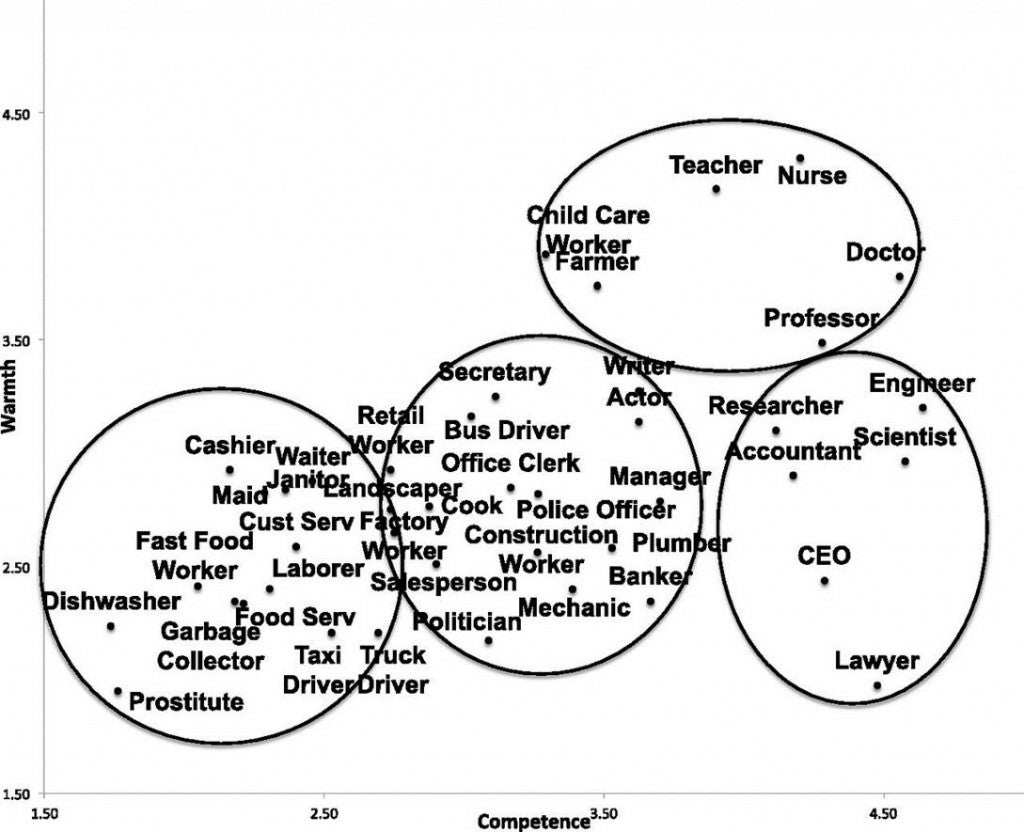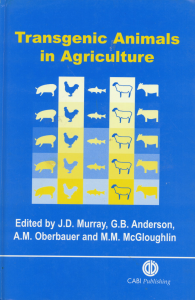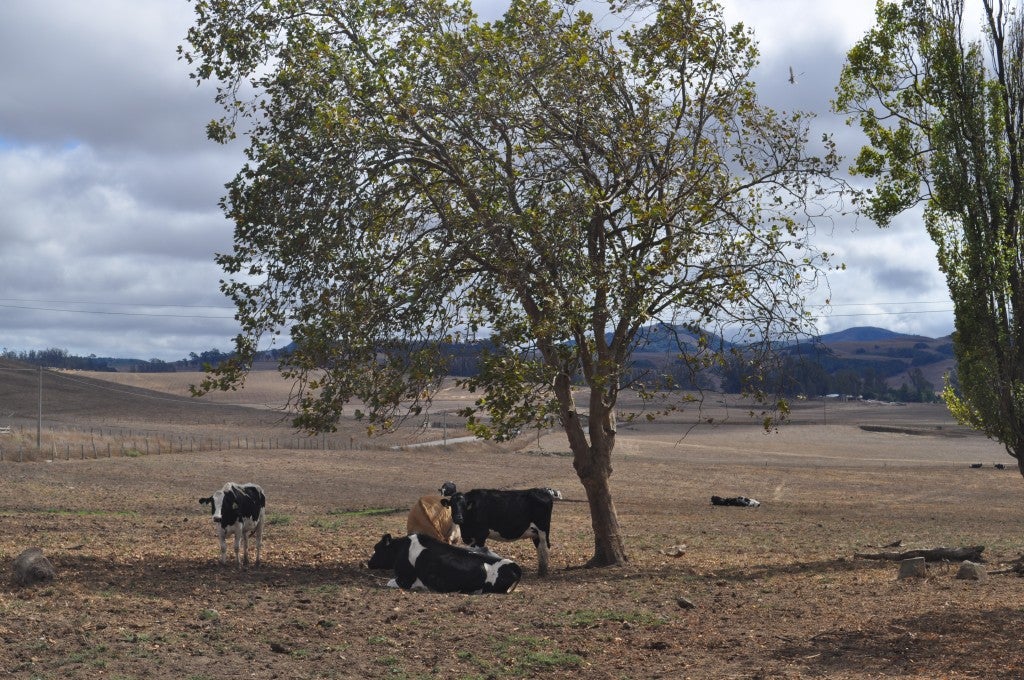A recent article by Danny Hakim on the so-called “agrochemical academic complex” includes a quote, “If you are funded by industry, people are suspicious of your research. If you are not funded by industry, you’re accused of being a tree-hugging greenie activist. There is no scientist who comes out of this unscathed.”
I beg to differ. My research is not funded by industry, and yet to my knowledge I have never been called a “tree-hugging greenie activist.” Quite the opposite – I have been demonized by groups opposed to genetically modified organisms (GMOs) because my publicly-funded research on animal biotechnology and genomics has occasionally published results in line with the weight-of-evidence around the safety of genetically engineered organisms.
After reading the article, I was left with the conclusion that industry (and by this it appears to be any industry associated with the “agrochemical academic complex”, not the activist or NGO industries – the influence of whose funding is noticeably absent from the article) dictates the outcome of the research and public academics are just hapless puppets to be played to produce favorable outcomes for industry.
That is not how my laboratory works. Nor is it how my department operates. Nor my university. Nor in my experience are the public scientists I know willing to trade their hard-won scientific integrity for research funding. Such a move would be career suicide. Publishing incorrect or false data in science sets off a ticking time bomb for retraction when others are unable to repeat these results.
More generally, the article does not seem to understand how academic funding works. And I have found this misunderstanding to be true in interactions with my friends and neighbors too. My university has little control over what I research – it is called “academic freedom”.
As a researcher at UC Davis, I am provided with my salary and a laboratory. The rest is up to me. What I mean by that is if I want to do original research, I need to obtain research funding to conduct that research. Typically this involves writing research grants.
My university has absolutely no say over the topics I chose to research or where I apply for funding. They have absolute direct control over how I spend the funding I do receive in terms of ensuring I abide by all university policies, and that the grant monies are spent appropriately.
By FAR the biggest expense I have in my research program are graduate students. At the current time the annual cost of a UC Davis graduate student is around $26,734 for a 50% time stipend for 12 months, and $17,581 for fees and health insurance for a total of $44,315 annually. So for a 2 year Masters student that is $88,630 and a 5 year Ph.D. student $221,575 – let’s just call that an even quarter of a million.
And that does not include the University’s “indirect rates” which currently adds an additional 57% on top of the stipend, so the amount that needs to be in a research grant for that PhD stipend is an additional $76,192 for a grand total of around $297,767 for a 5-year student, close to an even $300,000 assuming no tuition hikes– and that only gets you 50% time of that student, the other 50% time they are doing their course work!
Each laboratory is effectively a small business within a much larger entity. Their business is to obtain funding to pay student salaries, conduct research, and publish peer-reviewed articles. The University provides the location and facilities to perform that research. And for that the University taxes a 57% “overhead” rate off the top of the grant award.
If I did not write successful grants to fund graduate students, pay for research supplies, travel to field plots and perform my extension activities then I would not have a research program or anything to publish in the peer-reviewed literature. And that is how I am evaluated – by my peer-reviewed publications and research productivity, not by the amount or source of the research funding I am able to secure. It is the researcher, the so-called “principal investigator”, that drives this enterprise and makes the decisions on what to research and where to obtain grant funding, not the university.
If the university as an entity happens to obtain money from a donor to build a building, for example the UC Davis Mondavi Center for the Performing Arts built with a gift from the wine industry, that in no way affects my research funding or what I chose to research, or means that researchers have to perform research that is favorable to the wine industry.
If a researcher chooses to seek industry funding, as many do especially in the information technology, transportation and energy sectors, there are strict guidelines around managing potential conflicts of interest and ability to publish the results of the research. According to UC Davis university policy: “Freedom to publish is a major criterion when determining the appropriateness of a research sponsorship; a contract or grant is normally not acceptable if it limits this freedom. The campus cannot accept grants or contracts that give the sponsoring agency the right to prevent for an unreasonable or unlimited time, the release of the results of work performed.”
It is perhaps not well publicized that an inordinate amount of a University professor’s time is spent writing grants to public agencies, which often have a funding success rate of one grant in 10. As such 9 out of every 10 grants are only ever read by one or two reviewers, and then never see the light of day again. This is not an efficient system, but it is the system we have. If a researcher has public funding, their research has already survived pre-project peer-review by the grant panel. Ironically some have even suggested that public funding is also tainted. If funding from both private and pubic sources is suspect, where does that leave academic laboratories, and who will pay to train the next generation of scientists?
Writing grants is perhaps (actually for sure) the least favorite part of my job, and it is time-consuming. But it is a necessary evil if I am to perform research and fund my graduate students. I have been fortunate to be able to secure public funding for my research mostly from the United States Department of Agriculture (USDA) (thanks NIFA!), but many other researchers quite appropriately work with industry sponsorship in the development and evaluation of new technologies. Industries of all types seek such partnerships with public universities to obtain an impartial evaluation of their technology.
Demonizing industry funding as unilaterally suspect in the absence of wrongdoing fails to take into consideration the checks and balances that are in place at public universities and the importance of public:private partnerships in the development of new technologies, and the unfortunate reality that there is a paucity of public research funding.







 The first transgenic animal research conference (TARC I) was held in 1997 and the proceedings were summarized in a book optimistically titled, “Transgenic Animals in Agriculture”. The book contains some interesting quotes, including one attributed to Dr. Robert Wall, USDA-ARS in Beltsville, Maryland, who quipped, “the field of transgenic large animals is one of the few fields where there are more review papers than data papers.”
The first transgenic animal research conference (TARC I) was held in 1997 and the proceedings were summarized in a book optimistically titled, “Transgenic Animals in Agriculture”. The book contains some interesting quotes, including one attributed to Dr. Robert Wall, USDA-ARS in Beltsville, Maryland, who quipped, “the field of transgenic large animals is one of the few fields where there are more review papers than data papers.”

 Should I start a blog? I have been thinking about this question for a while. I certainly have plenty of other things to keep me occupied – students, grants, research, presentations to prepare, reports to write, oh and my own kids and husband (Happy Valentine’s day BTW) and family duties.
Should I start a blog? I have been thinking about this question for a while. I certainly have plenty of other things to keep me occupied – students, grants, research, presentations to prepare, reports to write, oh and my own kids and husband (Happy Valentine’s day BTW) and family duties.